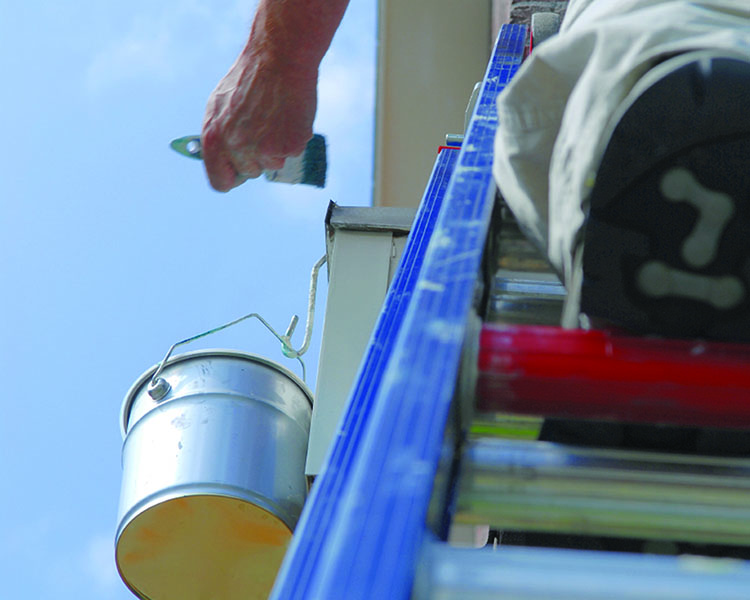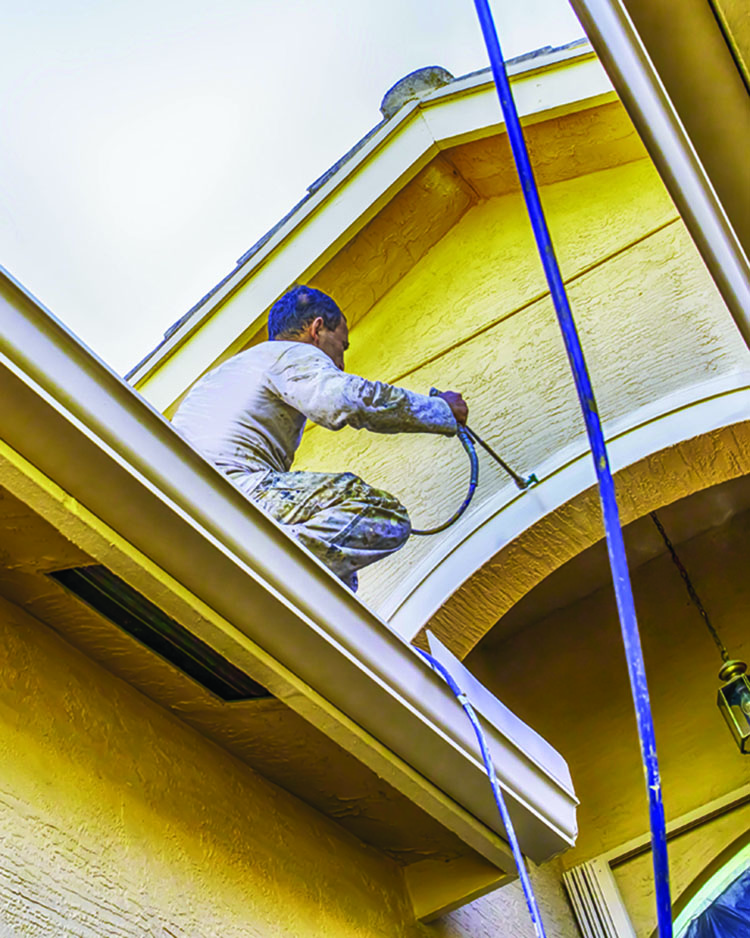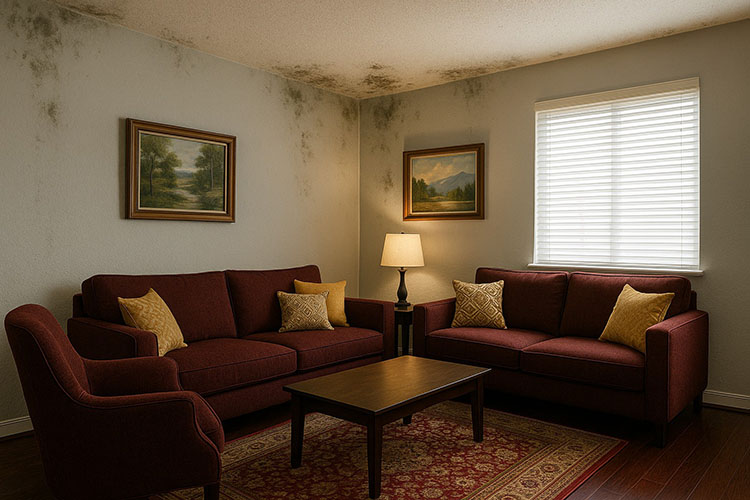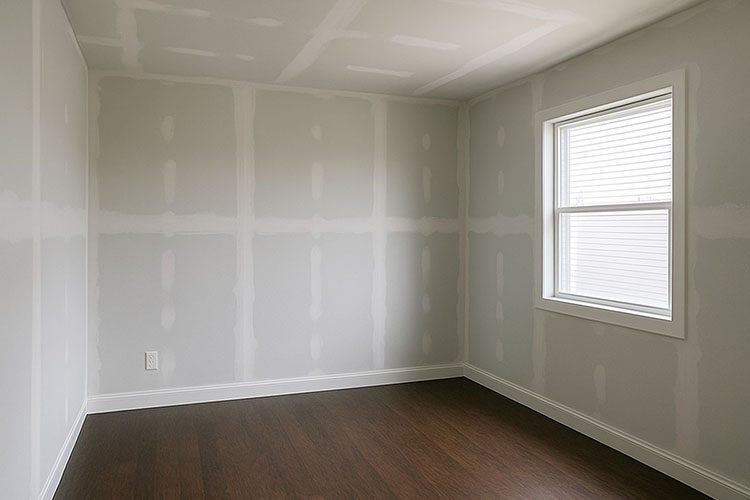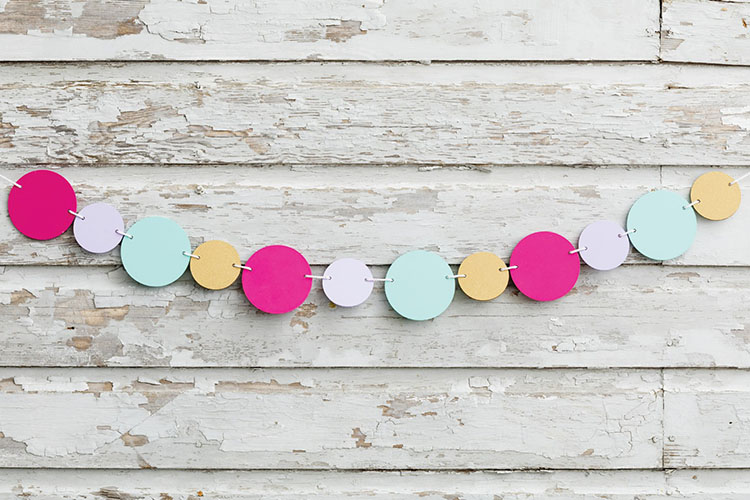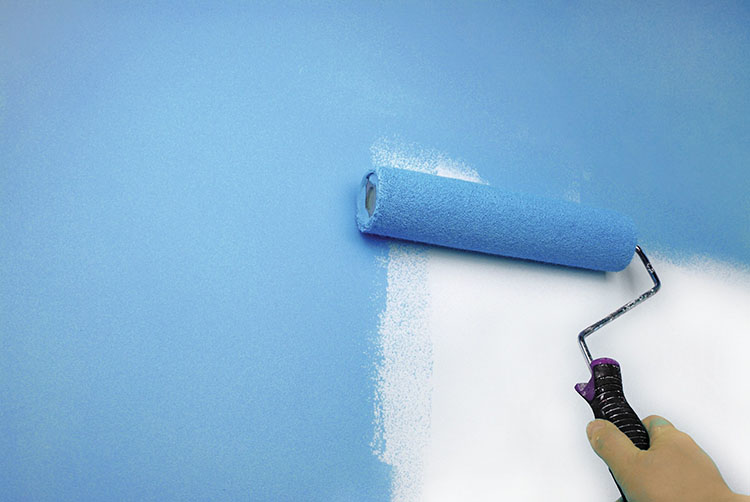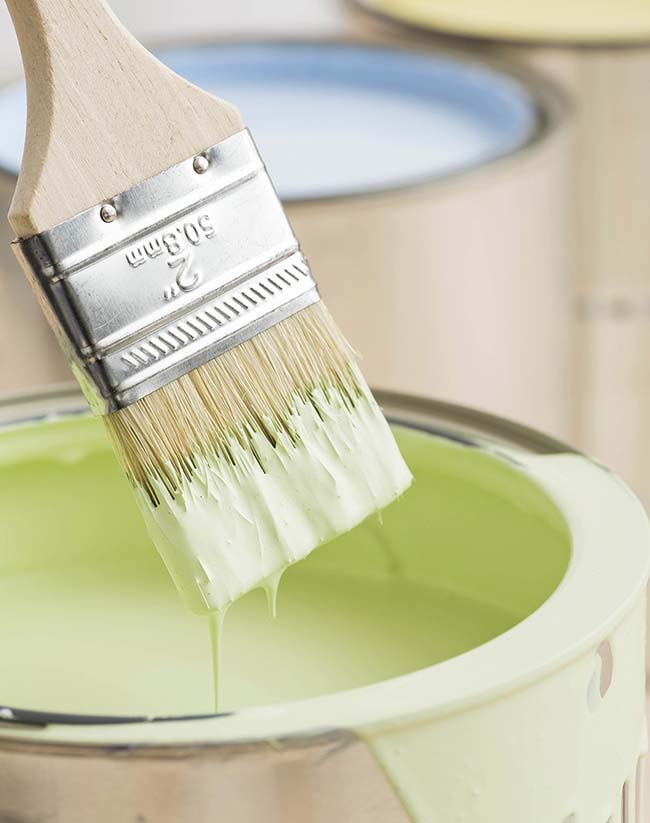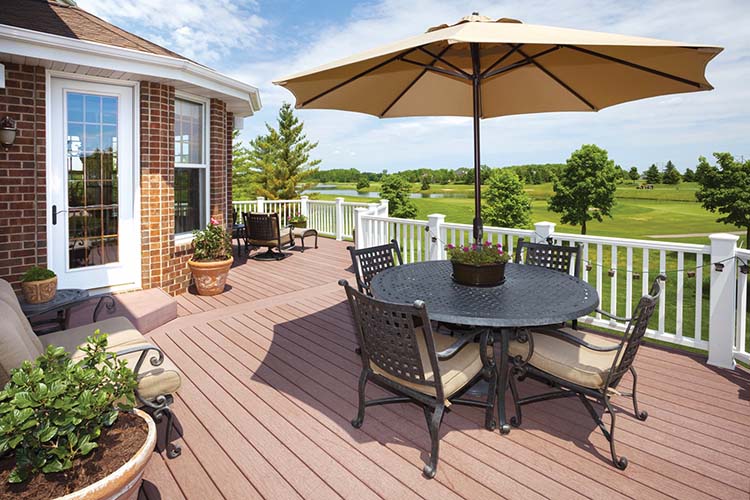As winter fades, spring is the perfect time to update your home with a new coat of paint. The right colors can transform your space, making it feel brighter, more inviting, and in harmony with the season of renewal. Selecting the right paint color is essential whether you’re looking for a bold transformation or a subtle change. This year, interior design trends are leaning toward warmth, nature-inspired tones, and colors that create a sense of balance and comfort. Below, we explore the best hues to incorporate into your home this spring and how they can elevate your living space. Soft Pastels for a Fresh, Airy Look Spring and soft pastels go hand in hand. Shades like powder blue, blush pink, lavender, and mint green bring a sense of calm and brightness to any room. These hues reflect natural light beautifully, making spaces feel larger and more inviting. Best Uses for Pastels: ✔ Bedrooms – Soft blues and gentle pinks create a soothing retreat.✔ Bathrooms – Light green and lavender hues add a spa-like feel.✔ Living Areas – A pastel accent wall introduces enough color without overwhelming the space. Design Tip: Pastels pair beautifully with white trims, neutral furniture, and natural wood accents, creating a clean and timeless aesthetic. 📌 Trend Source: The Sherwin-Williams 2025 Colormix Forecast highlights soft pastels as a key trend, emphasizing their ability to bring peace and comfort into modern interiors. Warm Neutrals for a Cozy Yet Modern Feel While crisp whites have long been a go-to, warm neutrals are making a strong comeback in 2025. Shades like creamy off-white, beige, greige (a mix of gray and beige), and soft terracotta create a cozy, inviting atmosphere without feeling dull. Why Choose Warm Neutrals? ✔ They provide a versatile backdrop for any décor style.✔ They bring warmth and depth to a space.✔ They complement wood tones, metal accents, and earth-toned furniture. Perfect Pairing: Layer warm neutrals with natural textures like stone, wood, and linen to create a stylish and welcoming interior. 📌 Trend Source: According to the Benjamin Moore 2025 Color Trends Report, warm neutrals continue to rise in popularity, offering a soft, sophisticated alternative to stark whites. Earthy Greens and Nature-Inspired Hues A major trend in home design is the shift toward earthy, nature-inspired colors. Shades of green—such as sage, olive, moss, and deep forest green—bring a calming and organic feel, making them ideal for creating a relaxing environment. Best Uses for Earthy Greens: ✔ Living Rooms & Offices – Green enhances focus and relaxation.✔ Kitchens – Sage green cabinets provide a fresh, modern touch.✔ Bathrooms – Muted greens pair beautifully with white tile and gold accents for a clean, contemporary look. Design Tip: Green pairs well with neutral beiges, soft whites, and warm wood tones, creating a timeless aesthetic. 📌 Trend Source: The 2025 Behr Color of the Year, “Verdant Grove,” highlights the growing popularity of natural, earthy tones in modern home interiors. Cheerful Yellows for a Bright, Uplifting Atmosphere Looking for a way to bring warmth and energy into your home? Yellow is the answer. Whether you opt for a soft buttery hue or a rich mustard tone, yellow adds brightness and warmth to any space. Best Uses for Yellow: ✔ Kitchens & Dining Areas – A light yellow creates an inviting atmosphere.✔ Entryways – A golden hue makes a welcoming first impression.✔ Accent Walls – Pair yellow with cool grays or crisp whites to keep the look modern. Design Tip: For a sophisticated touch, pair yellow with navy blue or charcoal gray. 📌 Trend Source: The Dunn-Edwards 2025 Color Forecast highlights deep golden yellows as trending colors that uplift spaces while maintaining a refined aesthetic. Timeless Blues for a Classic, Elegant Look Blue remains one of the most versatile and enduring interior paint colors. From soft sky blues to deep navy hues, blue offers a sense of calm, sophistication, and timeless appeal. Best Uses for Blues: ✔ Bedrooms – Light blue fosters relaxation and restful sleep.✔ Dining Rooms – Navy blue adds a sense of luxury and depth.✔ Bathrooms – Soft blue shades create a crisp, refreshing look. Perfect Pairing: Blue works beautifully with gold accents, white trim, and rich wood finishes for a polished and elegant feel. 📌 Trend Source: Pantone’s 2025 Classic Color Trends continue to showcase deep blues and ocean-inspired hues as essential for modern interiors. Final Thoughts: Update Your Home This Spring Spring is the perfect time to breathe new life into your home with a fresh coat of paint. Whether you’re drawn to soft pastels, warm neutrals, earthy greens, vibrant yellows, or timeless blues, the right color can completely transform your space.

